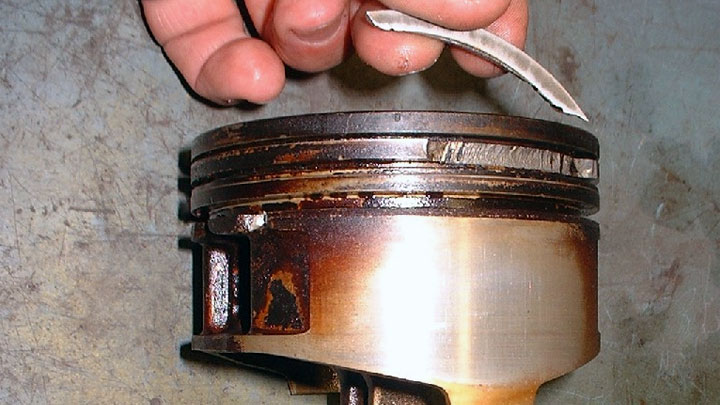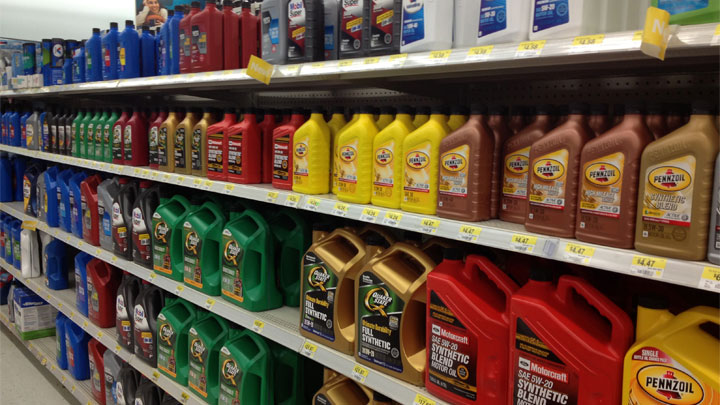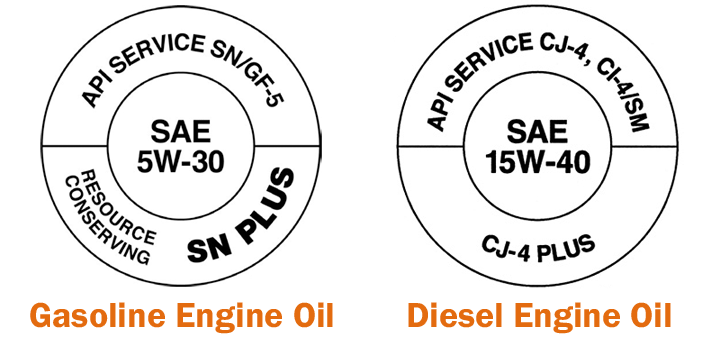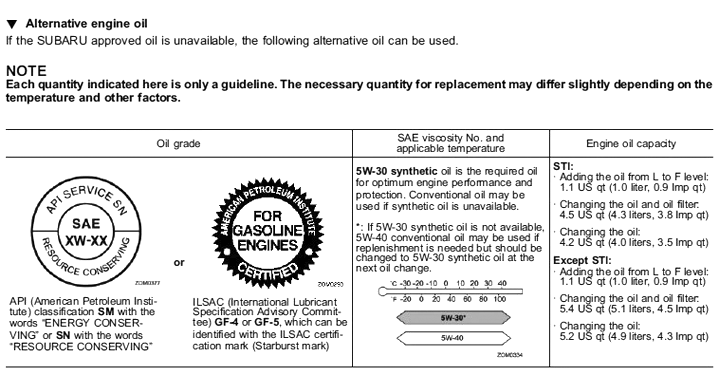LSPI: Low Speed Pre-Ignition (and What to Do About It)
Around 2012, turbocharged high-performance 4-cylinder engines emerged such as the Ford Focus ST and Mazdaspeed 3, squeezing horsepower from small displacements while delivering fuel economy. These engines boasted power above normally aspirated engines.
However, these engines had an unforeseen flaw – low speed pre-ignition (LSPI), which brought mysterious problems for these quick cars.
What is LSPI? What problems did it bring for these interesting performance cars? What can you do about it?

Related: 6 Types of Turbos Used in Vehicles Today
What is Pre-Ignition?
Manufacturers have lived with and designed gasoline engines around the risk of pre-ignition for decades. Most gasoline-fueled piston engines can suffer from this problem, and builders have found ways to keep it well in hand.
Pre-ignition occurs during the compression stroke of a piston just microseconds before the fuel-air mixture is ignited by the spark plug. The temperature rise in the fuel-air mixture during compression and hot spots inside the combustion chamber cause this event.
When pre-ignition occurs, power is lost, and if this occurs over many miles, burned piston tops may result. Generally using a higher grade fuel (higher octane rating) will mitigate this problem.
Low Speed Pre-Ignition

Compared to conventional pre-ignition, low speed pre-ignition (LSPI) is a monster. It’s also sometimes referred to as stochastic pre-ignition (SPI). Discovered early in the history of the T-GDI engines described above, this event began to rear its ugly head.
Cars were coming back to dealers with cracked and broken pistons, even bent piston rods. What was happening? The manufacturers’ engineers got involved, and here’s what they found:
The extreme pressure caused by this sudden event would typically crack or break the piston top edges and could even result in a bent connecting rod. Engines thus violently affected would clatter to a stop and in many cases need to be rebuilt.
See Also: Symptoms of Bad Piston Rings
The Cause of Low Speed Pre-Ignition
Experienced with conventional pre-ignition, the automotive engineering community was initially mystified regarding the cause of these damaging LSPI events. Engine testing and analytical work began in earnest.
Manufacturers met with fuel and oil producers to coordinate an attack on this problem. Here’s what they determined:
LSPI was simply a more damaging pre-ignition event that was peculiar to turbocharged direct-injected small displacement engines. While the cause of LSPI is not yet fully understood, testing revealed that improvements to the blending of engine lubricants could help mitigate the problem. These updated oils soon began to appear on the shelves of your favorite auto parts and big box store.
Lubricant Blends That Help Minimize LSPI

Whether you change your oil yourself or have it done by a local shop, dealer or oil change franchise, you need to educate yourself on the technical specifications for the type of oil put into your car’s engine.
This is not a complex learning process. And because of the severe risk LSPI brings to small T-GDI engines, if you drive one of these cars, this knowledge will prove extremely important.
Upgrades to many brands of motor oil have succeeded in helping to mitigate the risk of LSPI. These upgrades are evidenced by the specification data printed on the oil containers you see on the shelves at your parts store. What should you look for?
On the back label of your favorite brand of oil you will generally find a circular code called the “donut”. In the center of this donut you will see the viscosity rating for the oil, e.g. 10W-30. The API (American Petroleum Institute) specification will also be provided for the oil, e.g., API Service SN.

You may also see the oil rating spelled out in bold text. For example, “Meets or exceeds the requirements of: API SP, SN PLUS, SN, SM “.
You also might find specific car manufacturer’s specifications listed such as “Chrysler MS12633” and occasionally specific car models such as “Nissan GT-R”. Additional specification designations such as “ILSAC GF-5” or “GF-6” may also be present.
So for your small displacement turbocharged gasoline engine, what oil specifications would be preferred? Here’s the list. The oil you use must comply with one or more of these specifications:
- API Service SN Plus or API Service SP
- ILSAC-GF6 or -GF6A
- GM Dexos 1 Gen 2
Related: Symptoms of Having the Wrong Engine Oil In Your Car
Check Your Owner’s Manual

Any one or all of the above specification notations would be found on the container for an oil suitable for your T-GDI (Turbocharged Gasoline Direct Injection) engine. Your owner’s manual may not reflect these newer specifications if your car is model year 2019 or older.
In spite of this, these new oils should be used. They are blended to be backwards compatible with oil requirements for older T-GDI engine powered vehicles.
European and Japanese cars may have other specifications for approved lubricants. If you own one of these T-GDI cars, you would be well-advised to contact your dealer service department.
Request their recommendation for current motor oils (or oil specifications) that have been specifically updated to help minimize the threat of LSPI.
Last, if you take your car to a local shop or dealer for oil changes you should be graciously proactive. Arm yourself with the oil specification requirement for your car, and ask the service manager if they are using such an oil in compliance with your car’s needs.
If they are not, you’d be wise to find a new shop for your oil changes.
- DIY Car Repair Tools – Floor Jack and Jack Stands - Dec 12, 2023
- DIY Car Repair Tools – Socket (Ratchet) Wrench - Nov 9, 2023
- DIY Car Repair Tools – Torque Wrench - Apr 20, 2023
